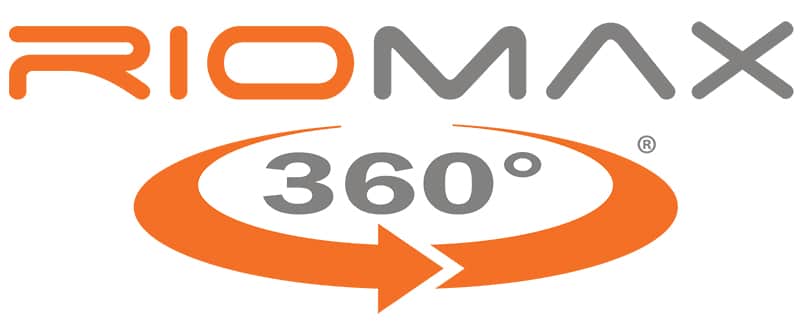Last updated on October 24th, 2023 at 05:08 pm
Have you ever wondered how different forms of mineral can be utilized by your herd?
How do you know whether to use loose mineral or tubs?
There are, of course, the obvious differences in the overall delivery of the mineral, but which will best provide your herd with the mineral they need? It can be difficult to know where to start, so let’s start off by examining some differences between loose mineral and lick tubs, so you can make the best decision on what form is best for managing your operation.
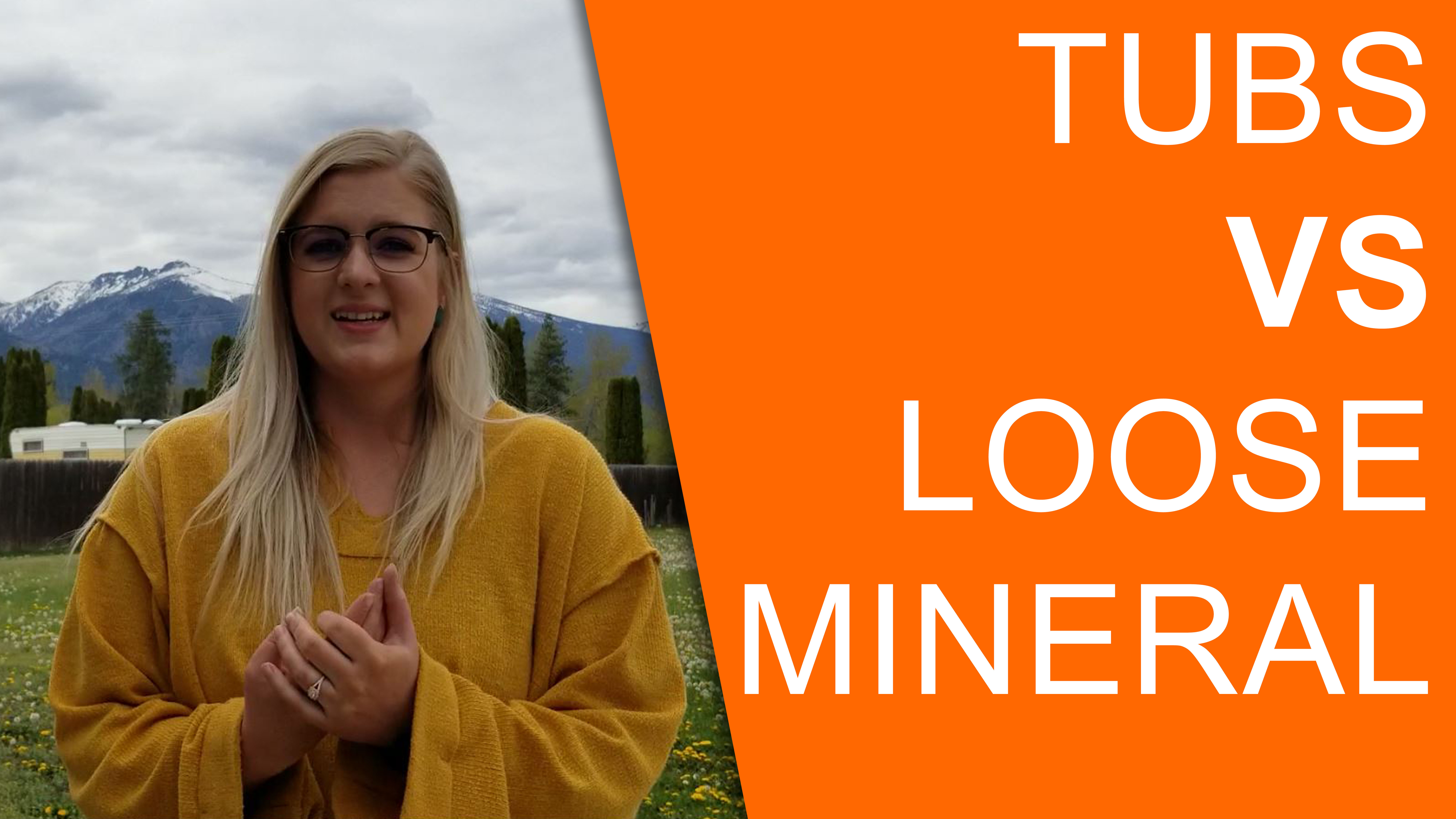
There are a few factors to take into account when making this important decision.
Waste Factors: Protein Tubs vs. Loose Mineral
Wind
- Most lick tubs are made up of 200-250 pounds of hard-cooked molasses; it's not likely that they are going to blow away in the wind. Even if the wind did happen to blow one over, or an animal knocked one over, tubs are easy to tip back up. Additionally, the product is hard so it won't run out and disappear. You can rest assured that you won't have any wind waste by using tubs.
- Loose mineral is more likely to be affected by the wind. On a breezy day, the wind will whistle through, pick up some of your loose mineral on the way, and spread it across the ground. The cattle may be able to eat some of it from the ground, but if it's spread across a large area, it's likely that it's just wasted. You might find that you fill up the mineral feeder, only to come back to find out it’s blown away or has been tipped over by the cattle. It becomes frustrating because ultimately, that's just wasted dollars on the ground.
Rain
Another weather event that often creates waste is when it rains.
- A tub may get some water pooled on the top and it may become a little soft. Typically, cows will lick it away or it will dry up, so you're unlikely to lose any product.
- If your loose mineral has already blown onto the ground and gets wet from the rain, it will seep right into the ground. If the loose mineral is still in feeders, it can become crusty on top after a rain. Although some loose mineral is designed to be waterproof, it is often wasted by the rain.
Labor
- The labor cost of lick tubs varies somewhat between brands, based on how long they last. One 250-pound Riomax® tub should last 50 head of cattle approximately a month; could be a little more or a little less, depending on the season and location. That means you only have to worry about adding or changing the tub out once a month. Of course, there is some time and labor put into loading up the tubs and hauling them out to your herd, but it only has to happen about once a month.
- If you feed a loose mineral, it's likely that you feed it multiple times a week, if not daily. If you are feeding it in a TMR, you are dealing with that mineral every time you feed. If it is mixed with salt in a mineral feeder, you have to deal with it every time that feeder is empty. Although the frequency all depends on the needs of your operation, you will still have to load up the mineral, drive it out to pasture, and un-bag it. That eventually adds up to a lot of time, miles, and physical labor.
Bulls
We all know bulls can be a little bit finicky and sometimes challenging when it comes to mineral. However, with good practices and controls, you have a very good chance of controlling consumption with a tub. He won’t knock over the tub like he might knock over a loose mineral feeder and cause your mineral to go to waste. When feeding loose mineral, bulls can accelerate the speed at which your mineral is wasted.
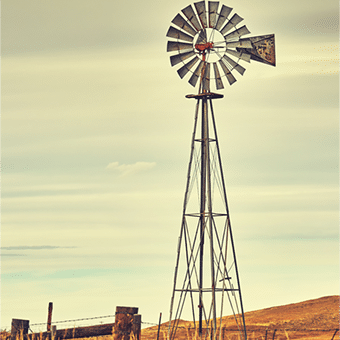
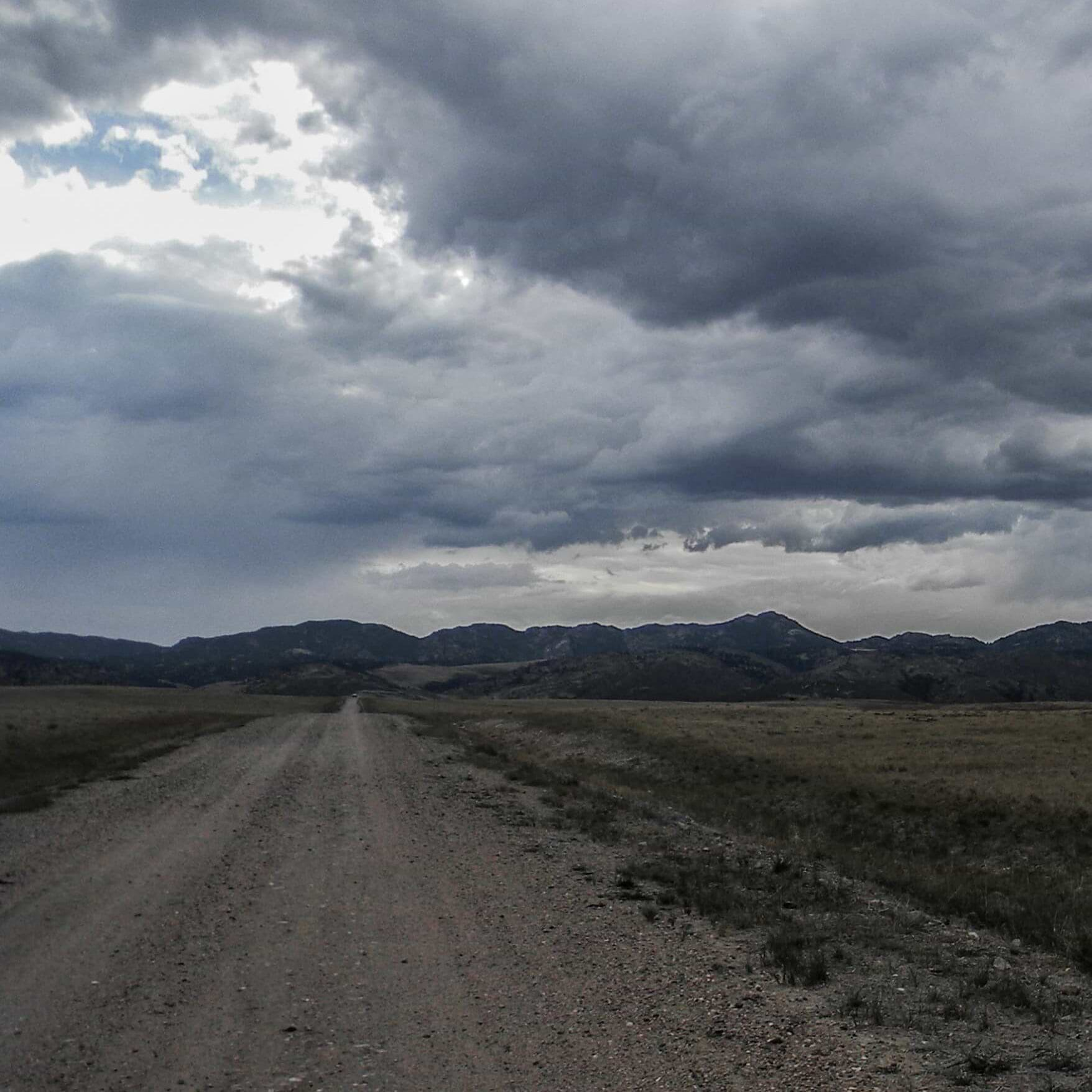
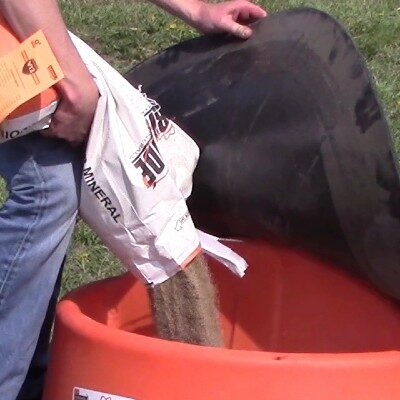
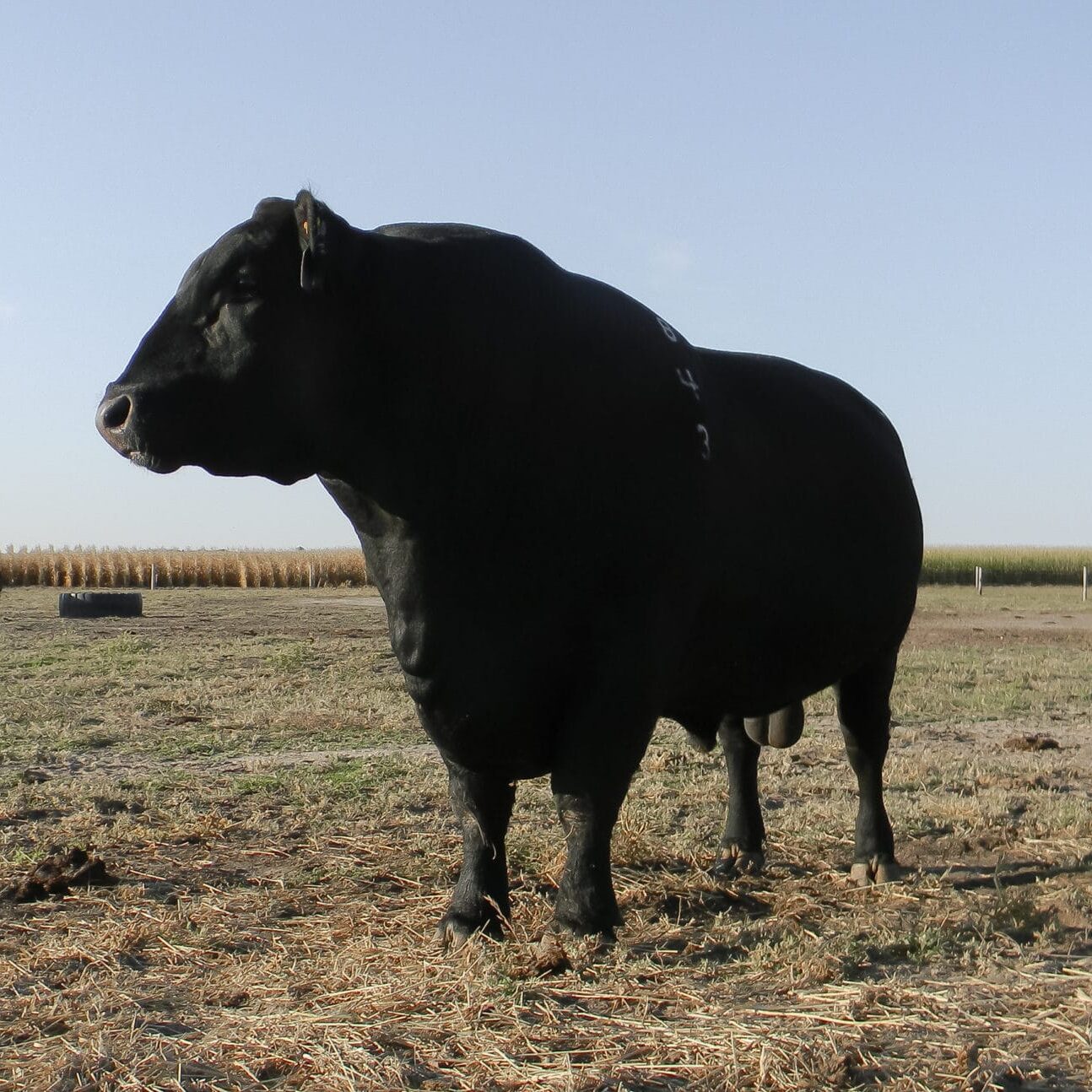
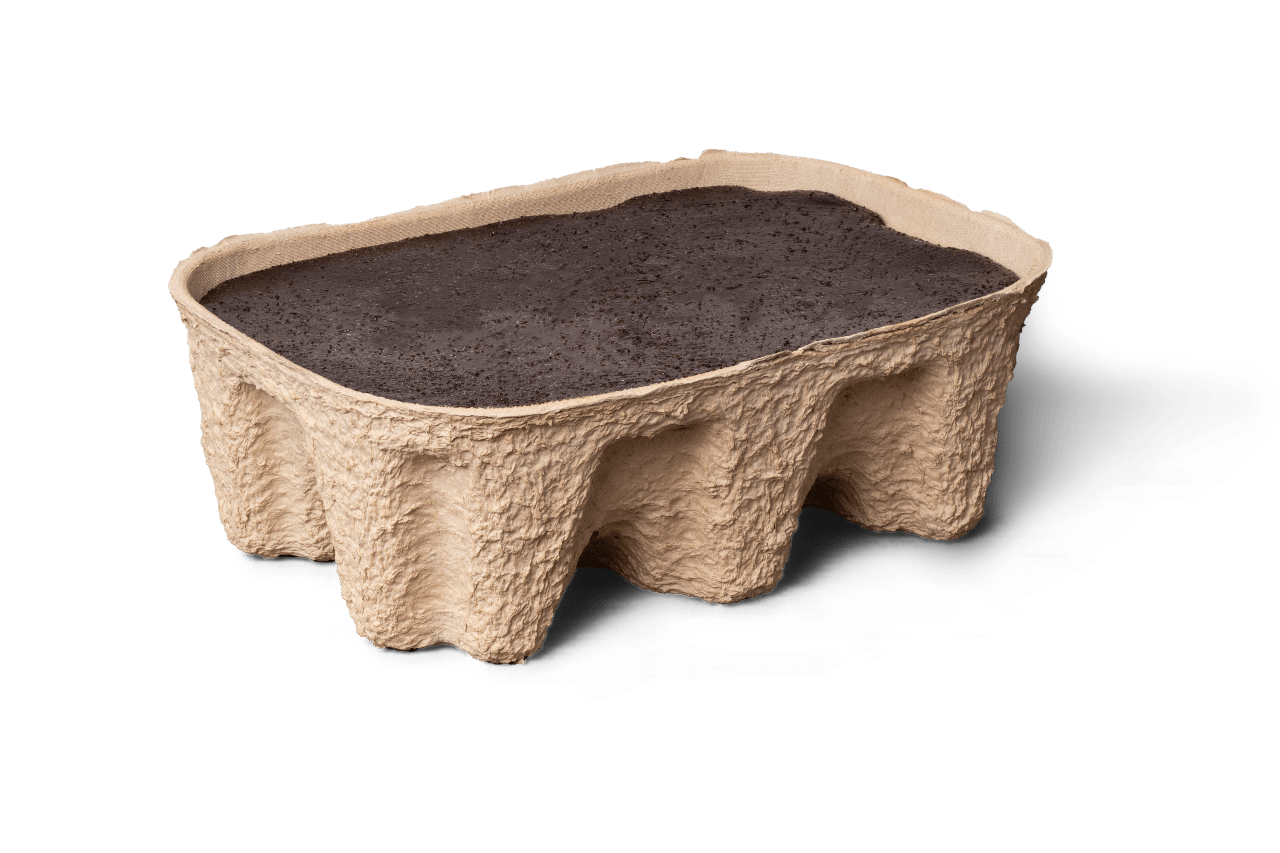
HATE EMPTIES?
US TOO.
THAT'S WHY WE LOVE BIOBRIX.
✓SAVE TIME ✓REDUCE GARBAGE ✓ELIMINATE EMPTIES
The Advantages of Lick Tubs Over Loose Mineral
Digestion
With the licking action a cow uses on a tub, she’s activating her salivary glands to produce more saliva. It ends up into the rumen, which is the first step in digestion. The saliva is going to help with the breakdown of her forage and better forage utilization.
With loose mineral that cow will take a bite or lick of it and that loose mineral goes straight into the rumen. Without the additional saliva production, loose mineral is not quite as beneficial for enhanced digestion.
Palatability & Pecking Order
Some cows might not touch loose mineral. A tub is a lot more palatable to a cow. Molasses, or whatever the carrier is in formula, makes it more palatable to the cow. She is more likely to meet her requirement because it tastes good enough for her to consume.
Loose mineral, even when mixed with salt, may not be as palatable. Your cow's requirements may not be met every single day if she doesn’t like the way that it tastes.
If she’s not able to get to the mineral you are feeding, it also might be an issue with pecking order. Sometimes, you might not be able to fill your loose mineral feeders as soon as they’re empty. Once you do, your cows might go to that loose mineral right away. But if only 15 out of your 100 cows gobble it up within minutes, the rest may not get their share until you fill it up again.
With the Riomax® tubs, consumption is much lower. One tub will fulfill all of those animals so they should get a chance to consume what they need to meet their daily requirements. With the high concentration, low consumption formula, each cow requires much less time standing at that tub versus another 'brand X' tub.
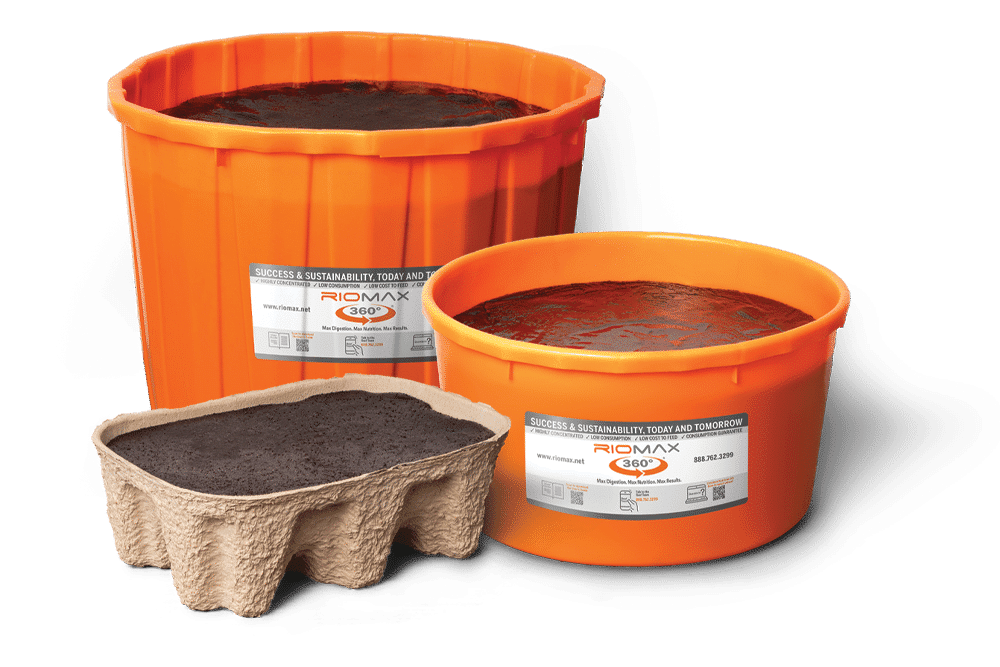
Are Molasses Tubs or Loose Mineral Best For You?
At the end of the day, it comes down to your individual operation. Do you get a lot of rain? Do you live in a windy area? Everyone has different management practices. We know that lick tubs aren't a fit for everyone, but we do believe they can help eliminate waste. And because Riomax® tubs are so highly concentrated, they last longer, and reduce labor for you.


